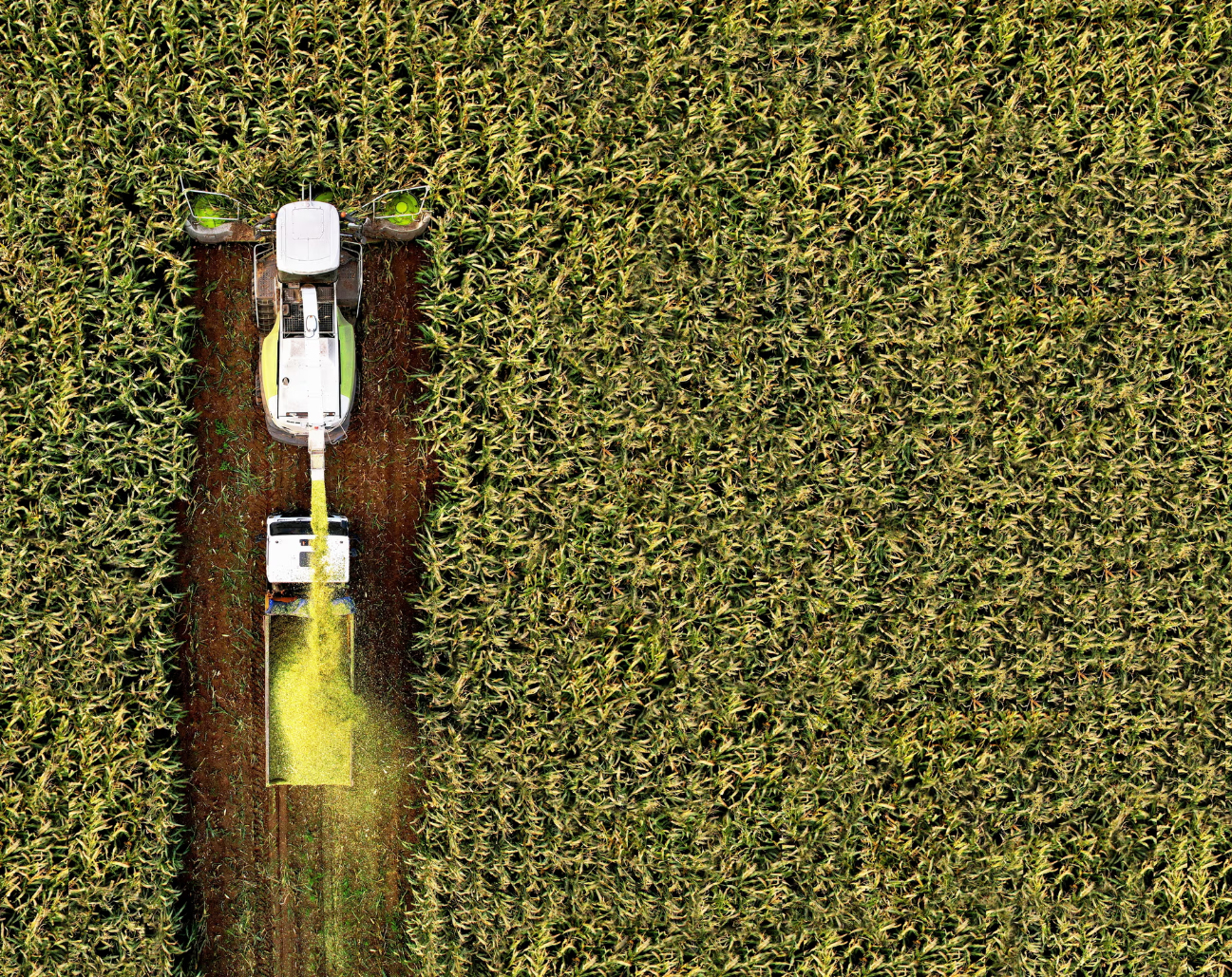
Published in Nature, the research projects that for every 1°C of global warming, daily food calorie availability could drop by up to 120 calories per person—roughly the equivalent of skipping breakfast. The study warns that despite improved farming methods and economic development, yield losses could still reach up to 25% globally by 2100 under high-warming scenarios.
"Adaptation will help—but it won't fully offset the damage," said Andrew Hultgren, lead author and environmental economist at the University of Illinois Urbana-Champaign. "We're still seeing substantial losses in a hotter world."
A sobering look at global agriculture
Drawing on data from more than 12,600 agricultural regions across 54 countries, the researchers modeled how crop yields respond to climate shifts and economic growth. They then projected outcomes under various warming scenarios, contrasting them with a world where global heating had stabilized after the early 2000s.
Even when accounting for adaptation—such as switching crops, adjusting planting schedules, and utilizing improved technology—the results are stark. Soybean yields, for instance, are projected to fall by 26% by the end of the century in an extreme heating scenario. Wheat and corn could see declines of around 7–8% under a more moderate path aligned with current climate policies.
Rice was the only crop among the six studied (maize, soy, rice, wheat, cassava, and sorghum) expected to benefit from higher carbon dioxide levels and rising temperatures, with potential gains of nearly 5%.
Adaptation helps—but not enough
While the study suggests that rising incomes and farm-level changes could partially mitigate yield losses, the gains are limited. By 2050, adaptation might offset only a quarter of the damage. By 2100, even in optimistic economic growth conditions, one-third of the loss might be avoided—but the majority of it remains.
"This isn't a case where agriculture will thrive under climate change," said Hultgren. "Even the wealthier breadbasket regions aren't spared."
Notably, the study finds that some of the world's most productive farmlands—regions that currently feed billions—are also the most vulnerable to climate-induced declines. At the same time, poorer countries may suffer the most in terms of food access, unable to afford increasingly scarce or costly staples.
A different modeling approach—and debate
Unlike earlier studies that simulate crop growth using biophysical models, this research relied on an empirical approach, drawing on observed relationships between climate, farming behavior, and output. That methodology, according to some experts, may present a more grounded—but more pessimistic—view of future crop outcomes.
Jonas Jägermeyr, co-author and researcher at the Columbia Climate School, acknowledged the study's limitations: "It doesn't account for adaptation strategies that don't yet exist. That makes the projections cautious—but valuable."
Other scientists agree the results should be viewed as a wake-up call. "We cannot assume perfect adaptation will save us," said Ehsan Eyshi Rezaei, crop scientist at the Leibniz Centre for Agricultural Landscape Research. "These findings offer a vital reality check."
Global demand is rising—while climate pressure mounts
As the global population is expected to swell to 10 billion by 2100, climate change threatens to outpace adaptation and outstrip food supply. Rising temperatures, erratic weather patterns, and declining yields pose a challenge not just to agriculture—but to global food security and economic stability.
For policymakers and development agencies, the message is clear: investing in climate resilience and sustainable farming practices must become an urgent priority—not a distant ambition.